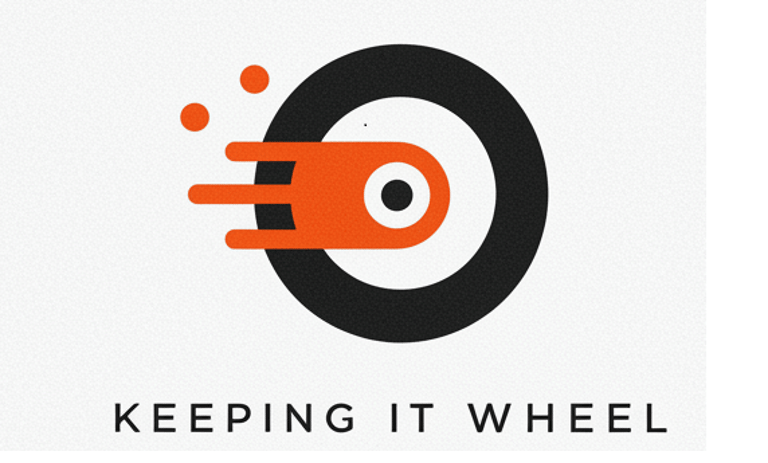Bigger Isn't Better: Why the Future of Mobility is RIght-Sized
8/13/20252 min read


Right-Sizing Mobility – Why Smaller Can Be Smarter
Somewhere along the way, we got used to using way more vehicle than the job actually calls for. In North America, we send out vans half full, drive pickups that could tow a house just to carry a ladder, and think “bigger” automatically means “better.” Meanwhile, the rest of the world is quietly showing us another way.
What “Right-Sized” Really Means
Right-sizing isn’t about stripping everything down to the bare minimum — it’s about using the right tool for the job. If you’re delivering coffee beans across town, you don’t need a 2-ton truck. You might need a cargo quad like Fernhay’s eQuad, a three-wheeler from Biliti Electric, or even a modular electric pod from PIXMOVING. The point is: match the vehicle to the job, and suddenly things get cheaper, faster, safer, and cleaner.
Why the Rest of the World Gets It
Travel a bit and you see it right away: in Amsterdam, couriers zip by on electric cargo bikes. In Bangkok, tuk-tuks slide through traffic like it’s nothing. In Kigali, motorbikes carry everything from bread to building supplies.
Why?
Streets are smaller.
Fuel is expensive.
Big vehicles aren’t allowed in busy city centers.
And culturally, people just expect vehicles to be practical.
It’s normal. It works. And it’s not “settling” — it’s just smart.
Why North America… Doesn’t
We built our cities around cars, highways, and cheap fuel. That made big vehicles the default, even when they make zero sense for the task. On top of that, there’s this weird perception that smaller means weaker, when in reality, for urban work, it’s usually the opposite.
The Safety Angle – Vision Zero in Action
Here’s the thing: smaller vehicles don’t just save fuel or cut costs — they save lives. Less mass means less crash energy. Smaller footprint means better visibility and fewer blind spots. Lower speeds make streets calmer for everyone. If you’re serious about Vision Zero, right-sizing has to be part of the plan.
So What’s Next?
The future’s not one-size-fits-all. It’s fit-for-purpose. That’s how companies like Fernhay, Biliti, PIXMOVING, Musoshi and Visionary Vehicles are working — start with the need, then design the vehicle.
And that’s exactly what we help with at Keeping It Wheel. Whether you’re a fleet operator or a vehicle manufacturer, we can help you right-size your vehicles for purpose — and bring the engineering, market, and operational expertise to make it happen.
Because when the vehicle fits the job, everything just works better. And the streets feel like they’re built for people again.
